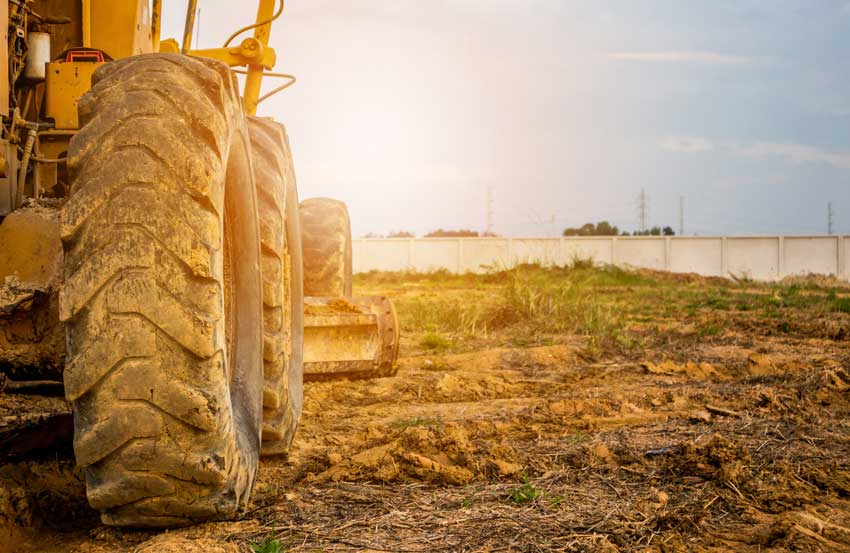
Both leveling and grading land can be useful, but though they may sound similar, they are not typically interchangeable. Here are some similarities and differences between the two, and when you might want to employ either tactic:
Land-leveling makes the earth in a given place flat by filling in holes and cutting off rises in the earth. This is most often used for agriculture to irrigate and distribute water in an efficient and effective fashion. The slope is made to be uniform, which decreases the likelihood of water pooling in low spots and running off in high spots. Either one can harm crop growth.
Land-grading shapes the earth to fit a specific slope, as opposed to just making it flat. This is more often used for construction and/or landscaping. The idea, generally speaking, is to make water go to a specific place or in a specific direction. This helps make a site ready to build a structure of some sort.
The two processes are similar in that they both involve the use of heavy machinery to move soil, and that both are necessary as an initial step in site preparation.
One difference is cost. Land-leveling is generally less expensive because it’s typically simpler to make earth flat than to shape it in a different, specific way.
Both are important. Determining which best suits your project depends on the nature of your project.
Both require specifically trained operators of the aforementioned heavy machinery. Both those operators and the equipment can be found at Little’s Excavating, and places like it. Give us a call today to make a plan toward that end, and to execute it!
